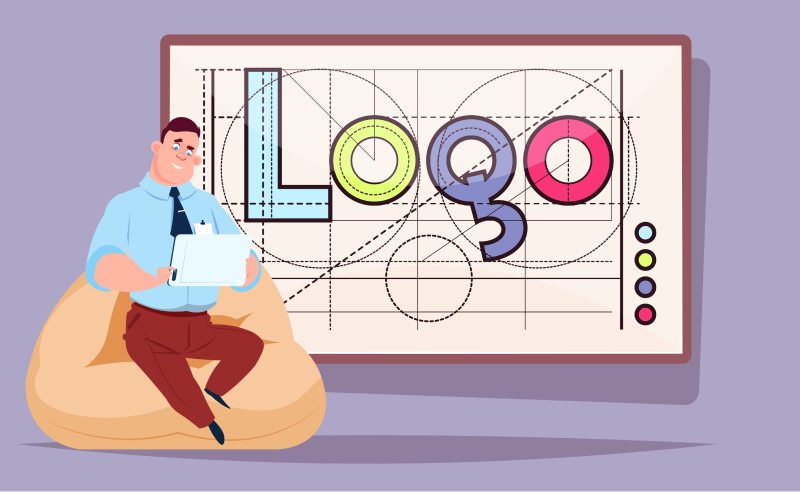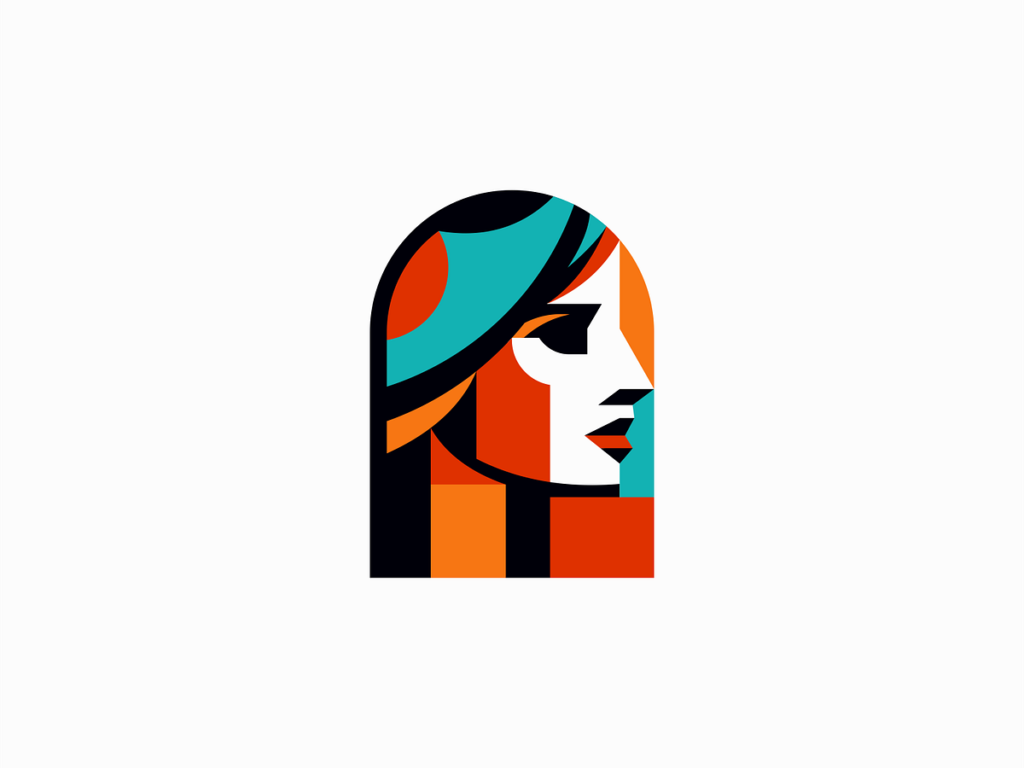
Designing a Logo: Tips and Tricks for Non-Designers

Creating a logo is one of the most exciting steps in building a brand. It’s your business’s signature, a recognizable mark that represents what you stand for. But if you don’t have a background in design, creating a logo might seem daunting. Fortunately, with a few simple tips and tricks, anyone can create a logo that’s professional, unique, and memorable.
This guide, prepared by experts at Turbologo, offers straightforward advice to help non-designers navigate the logo creation process. By following these steps, you can design a logo that captures your brand’s identity without needing design skills or specialized software.
Why Your Logo Matters for Your Brand
Your logo is often the first thing people notice about your brand. It’s more than just a design; it’s a visual representation of your business’s values, personality, and goals. A strong logo helps people recognize and remember your brand, building trust and making your business look polished and professional.
Think about iconic logos like the golden arches of McDonald’s or the apple of Apple Inc. These logos are simple yet powerful, and they communicate something about the brand instantly. For your logo, aim to create something clear and easy to recognize that represents what makes your brand unique.
Starting with Simple Shapes and Ideas
If you’re not a designer, keep things simple. Starting with basic shapes and concepts can help create a logo that’s easy to understand and visually pleasing. Circles, squares, and triangles are great foundations for a logo design and can be combined in different ways to convey your brand’s message.
Begin by sketching a few simple ideas on paper. Don’t worry about making them perfect; the goal here is just to explore different ideas and see what shapes best represent your brand. Often, the simplest designs are the most effective because they’re easier to remember and recognize at a glance.
Bring Your Logo Ideas to Life with an Easy Logo Maker
If you’re ready to design a logo but don’t have design experience, a logo maker can make the process quick and accessible. These tools are built to be user-friendly, allowing you to experiment with colors, fonts, and shapes to create a unique design that reflects your brand’s personality. Many logo makers offer templates and customizable options, so you can adjust elements like size, layout, and style with just a few clicks. Some platforms even use AI to suggest designs based on your preferences, making it easier to achieve a professional look without hassle. Once your logo is complete, you’ll be able to download high-quality files for both online and print use, ensuring your brand looks sharp everywhere.
Choosing Colors that Match Your Brand’s Personality

Alex Tass, logo designer
Color is one of the most powerful tools in logo design. Different colors evoke different emotions and associations, so it’s essential to choose ones that align with your brand’s personality. For example, blue often represents trust and stability, which is why it’s popular among tech and financial brands. Green is associated with nature and health, making it ideal for eco-friendly or wellness brands.
Limit your color palette to two or three colors to keep your design focused and clean. Too many colors can make a logo look cluttered and confusing. Stick to shades that reflect your brand’s values and make sure the colors work well together.
Picking the Right Font for Readability and Style
Fonts can communicate a lot about your brand’s tone. Sans-serif fonts (without decorative lines) give a modern, straightforward feel, while serif fonts (with small lines or “feet”) create a sense of tradition and trustworthiness. If you want your brand to feel friendly and approachable, consider rounded or handwritten fonts.
Whatever font you choose, make sure it’s easy to read. Test your logo at different sizes to ensure the font remains legible, even when scaled down for smaller applications like business cards or social media icons.
Creating Balance with Shapes and Text

Jordan Jenkins
A balanced logo looks cohesive and professional. Make sure that shapes, text, and any other elements are aligned and proportionate to each other. A well-balanced logo doesn’t feel too heavy on one side or awkwardly arranged—it feels intentional and visually pleasing.
If your logo includes both text and an icon, experiment with different placements to find the layout that feels right. You might place the text to the side, underneath, or even wrap it around the icon. Creating balance between elements will make your logo look polished and thoughtfully designed.
Experimenting with Different Layouts
Don’t settle on the first design you create. Experiment with various layouts to see which one best represents your brand. Try stacking elements, placing them side by side, or centering everything. Adjust the spacing and proportions until you achieve a design that feels right.
This experimentation phase is important because it allows you to explore different possibilities. A small tweak can make a big difference in how professional and appealing your logo looks, so take the time to test multiple layouts.
Testing Your Logo in Different Sizes and Contexts
A great logo should be versatile enough to look good across various platforms and sizes. Test your logo at different scales to ensure it’s legible and effective no matter where it appears. Whether it’s on a large billboard or a small business card, your logo should be easy to recognize.
It’s also helpful to see how your logo looks on different backgrounds. Consider creating versions of your logo for both light and dark backgrounds to ensure it maintains its impact. This flexibility will make your logo easier to use across various media, from websites to packaging.
Keeping It Versatile for Various Applications
Your logo should be adaptable to different uses. Consider creating different versions, such as a color version, a black-and-white version, and a simplified icon version. Versatility is key to making sure your logo looks good in any application.
For example, a full logo with text might work well on your website, while a simplified icon version could be ideal for social media avatars. By preparing different variations, you’ll have options that look great in any setting and maintain a consistent brand identity.

Lucian Radu
Final Touches: Making Your Logo Look Professional
The final step is to polish your logo for a professional look. Check alignment, spacing, and color balance to ensure that all elements feel cohesive. Sometimes, small adjustments in spacing or alignment can make a significant difference in the overall appearance of your logo.
Make sure to save your logo in high-resolution formats, such as PNG for web use and SVG for print, to ensure it looks crisp and clear across all platforms. A well-prepared logo will give your brand a polished and consistent look, whether it’s on your website, business cards, or promotional materials.
Designing a logo doesn’t require professional skills, just a thoughtful approach and a few key techniques. By following these tips, you can create a logo that reflects your brand’s personality and looks great in any setting. Good luck, and enjoy bringing your brand to life!